 K-16, by Peter Engelmann
K-16, by Peter Engelmann
Why it’s worth your money to pay a professional to optimize your website, app, or social media’s user interface so it’s easier to use and understand.
(If you get bored by anecdotal introductions, just skip-scroll to the TAKIS AND CHAI TEAS section down below.)
I just finished a text conversation with my business partner regarding the Apple music player, which for some reason won’t allow songs on her playlists to play in sequence, like a jukebox, and instead repeats the same song. Yes, there’s a solution to this, but one shouldn’t have to do any detective work to find the solution for this simple feature.
The main headline font for one of my WordPress sites all of a sudden changed from a sans serif font to a disco-looking typeface, simply because I updated the theme, because WordPress recommended that I do. Of course there’s a hack to fix this, and I did, but I shouldn’t have had to.
My octogenarian mom decided she wants a Facebook page, and so I tried to set her up with one. Because her last name, San Diego, has a space in between, Facebook’s algorithms (I think) decided that it may be a business account trying to disguise itself as a human being, and disabled her account. I don’t remember Facebook doing this back when I set up my account ten years ago. When I have more time and more patience, I’ll try again, and probably experiment with different ways to type her name so that Facebook doesn’t red flag it. Again, I shouldn’t have to. Life shouldn’t be this difficult.
Now, imagine being a business owner who’s basically new to this online thing, but who heard from one of your buddies that you should have a more updated website, even have a shopping cart for your products, and while you’re at it, you should also have social media accounts like Facebook, Instagram and Twitter for your business. And then you see the commercials on TV that make everything look easy, like GoDaddy or Wix or Squarespace. Or even Fedex/Kinkos and the UPS store, because it seems like IT’S EASY TO BE ONLINE! LET’S GET YOU STARTED!
I’ve lost count of how many people I’ve talked to that called those 800 numbers and wound up abandoning their projects a few weeks into it, but continued to pay for a year’s worth of hosting because they had no choice. (Or had their nephew set them up initially, but the nephew goes to college and doesn’t answer his phone calls anymore, because kids these days would rather text than talk to the elders, you know how it is…)
The bottom line is THIS STUFF IS NOT EASY, unless you’re doing it simply for fun, like kids on Snapchat or Instagram. They don’t have to worry about customers like business owners do. They don’t have to worry about losing a sale because they couldn’t login to Facebook to answer a customer question. They don’t have to worry about setting up 2-step verification so it’s safer to access online receipts.
So what do you do?
If you’re one of the smart and/or lucky ones, then you did your proper research (and you’re a little lucky finding the right people to help you.) You Googled “web developers” or “designers”, looked at their portfolios, then checked out their reviews on Yelp, or looked at their work on Behance. You joined moderated Facebook groups, or subreddits, and asked for advice there. You went on LinkedIn, and are now reading this article:)
Oh yeah, why is this article titled “Legos, Locks and Land Mines?” Because some of the problems you’ll run into are like walking barefoot on a Lego block—it’ll hurt for a minute but it’s easily fixable and you’ll be walking again soon enough. Locks, because too many locks (safeguards, verifications, tedious ID checks on contact forms) can hurt your business more than they help, so you have to have a balance. And Land Mines, because you can wind up in a really bad situation, like getting your whole ecommerce site hacked because you’ve installed a nefarious WordPress plugin, and don’t have protocols set up, like a backup website that you can redirect your customers to in case of emergency.
I’m not gonna get into the nitty gritty details but here are some reasons you need help from people that specialize in this stuff. Regarding social media, here’s something to think about:
TAKIS AND CHAI TEAS
Social media experts eat, live, and breathe this stuff. If you’re away from social media or not downloading the latest updates for the two dozen apps on your mobile, then you aren’t as plugged in as that dude (let’s call him Trevor) that just graduated with a computer science degree, who plays video games with one eye and watches the Twitch channel with the other eye, all the while checking out his Twitter and Instagram feeds on his dual-screen Android. While you’re “running your actual business”, Trevor has been swiping through hundreds of trendy memes, knows what the President had for lunch, has subconsciously seen hundreds of pop up ads (and is aware of corporate branding AND what works and what doesn’t), while searching for ways to make his 2010 Craigslist laptop run faster without spending any money. During all of this, Trevor has managed to study WHY he likes doing what he’s doing, has more than 3,000 hardcore followers on his Instagram page and posts something new every time he enters a new zipcode on his commute to work every day.
His female counterpart, let’s call her Cecile, has watched hundreds of how-to videos and has an excellent sense of what gadgets and hardware tools the younger generation (your target demographic) are into, can navigate the Dollar Tree blindfolded, and has set up her own YouTube channel, produces and stars in her own videos, and has managed to get a handful of corporate sponsors while attracting 35,000 subscribers on her DIY channel, The Fixit Chick (I didn’t check to see if someone is already doing it, but if not, you’re welcome, Internet.)
These social influencers have literally spent THOUSANDS of hours absorbing this subculture into their heartbeats. And you think, dear business owner, that you’re gonna buy a book and pay GoDaddy a hundred bucks a year so that you can do what they do?
DIVI UP, PLUG IN, AND GIRD YOUR CHILD THEMES
Truth be told, I have a love-hate relationship with WordPress. I get a couple hours sleep a night, which means I’m nowhere near the best at wrangling it, but I try. Oh WordPress, how do I love-hate thee? Let me count the ways:
- Everybody uses WordPress, so I gotta use WordPress, and you gotta use WordPress, and Oprah’s gotta use WordPress.
- You should update WordPress and its plugins whenever there’s a new version, but doing so may result in your site looking mightily different when you wake up in the morning. Which means you (or that person you pay what you think is too much money) have to babysit it weekly, and even daily, to make sure that child theme is still behaving itself in relation to the parent theme, which just got an update. If this doesn’t scare you, here’s a verbatim result from Google if you search for “updating parent theme”, a legit question from a dear pilgrim:
If I create a child theme, then Activate the child theme, then at a later date an update is released for the parent theme. Do I activate the parent theme, update the parent theme, then activate the child theme?
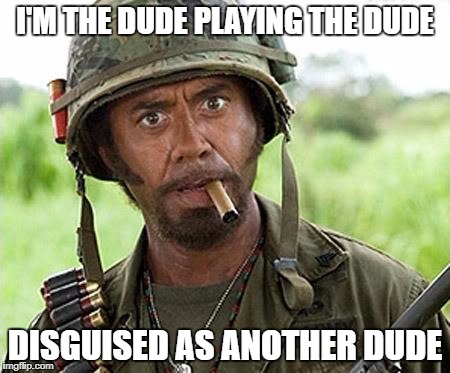
- You need to know what plugins to use, and how stable each of these plugins is in relation to the theme that you’re going to use it in. Meaning, some plugins play better with certain themes than others.
- Everything is a moving target and nothing is ever set in stone, because plugins and themes and your content are continually being updated. The heart of WordPress ENCOURAGES content creation and growth, and the Internet gets bored easily, so you always have to stay fresh. I know, ouch wallet, but if you convert those expenses into sales, then you still come out on top.
- As of July 24, 2017 there are 14,864 WordPress themes to choose from, each of them with their own idiosyncracies and predilections. Imagine going on a field trip in a really big elementary school bus that holds 14,864 kids. There ya go.
- In terms of options, you can build your site using the basic WordPress control panel, or you can use third-party plugins to make the job easier (where “easier” is a relative term). Divi, Elementor, and Beaver Builder are three of the most popular, and there are people that specialize in those as well.
- Okay, the list is much longer than this, but I’m tired so I’m gonna wrap it up now.
This is the truth:
YOU WILL NEVER RUN OUT OF COOL STUFF TO USE ON YOUR WEBSITE.
YOU WILL NEVER RUN OUT OF COOL STUFF TO POST ON SOCIAL MEDIA.
IF IT’S COOL, YOUR CUSTOMERS WILL BE ATTRACTED TO IT.
Your biggest problem will be trying to keep everything together and working efficiently once you begin. And if you can get somebody else to do the keeping it together for you, then you can just concentrate on your business. Yes, you will still step on Legos from time to time, and during those times you’ll have colorfully-worded conversations with your web developer and social media contractors. But at least you won’t accidentally lock yourself inside your own house, and you won’t have to worry about stepping on a virtual land mine.
*This article also appears on LinkedIn: https://www.linkedin.com/pulse/designing-compassion-part-2-legos-locks-land-mines-gerardo-san-diego/




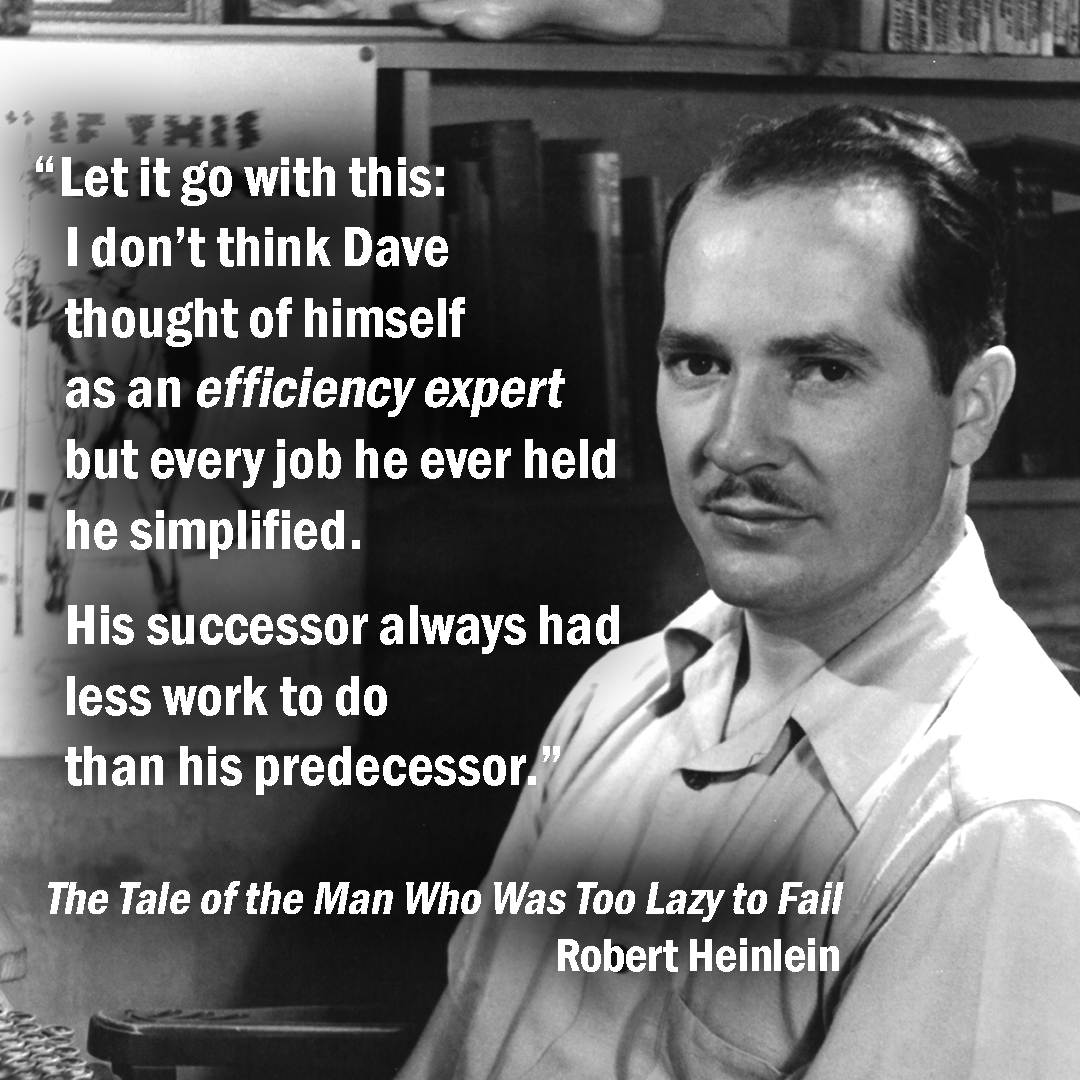
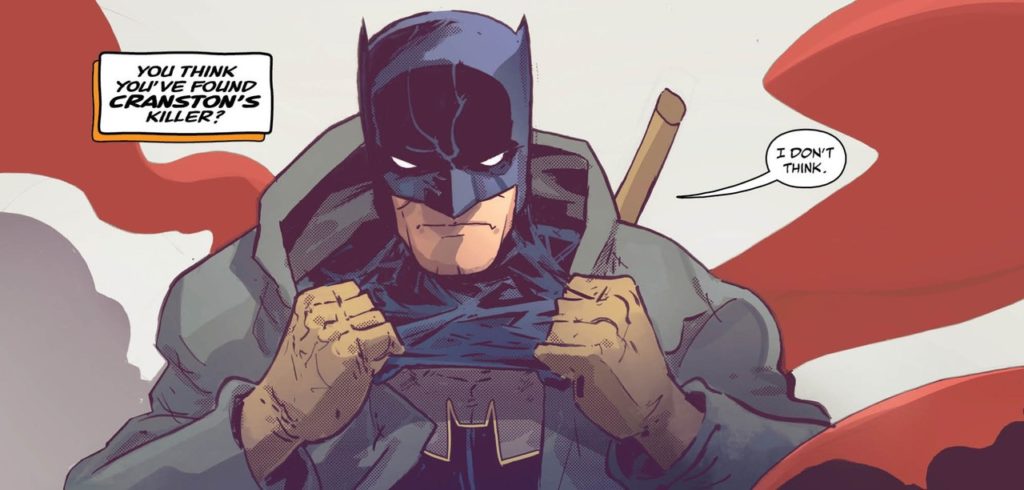

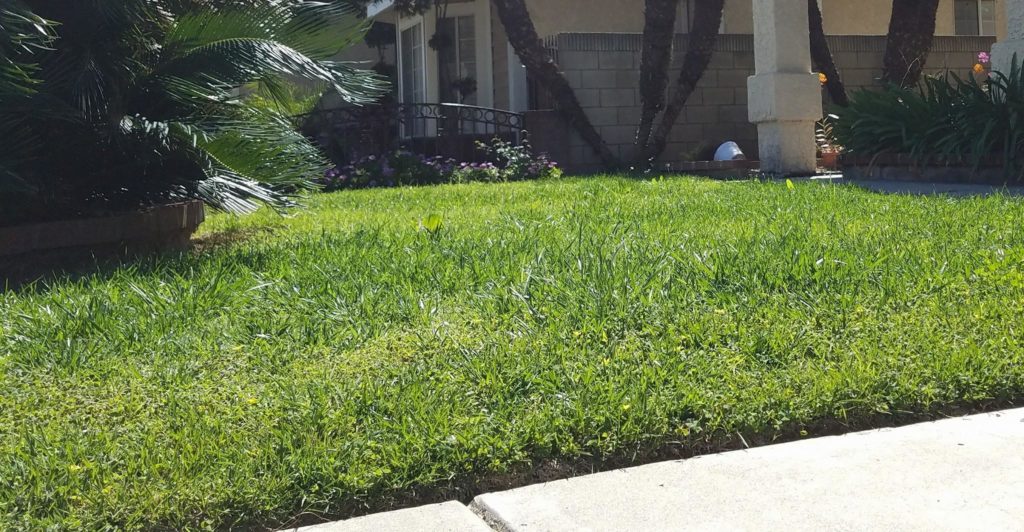

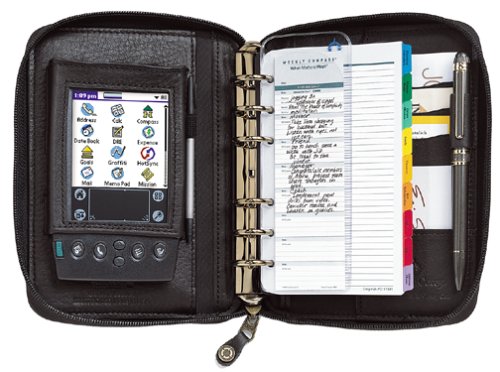
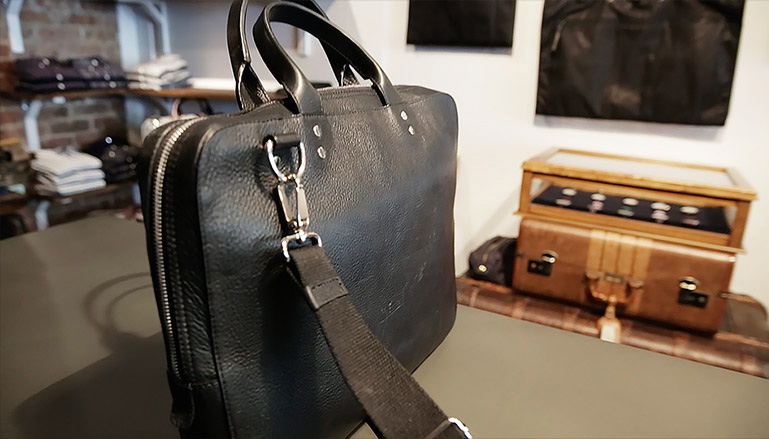
 K-16, by Peter Engelmann
K-16, by Peter Engelmann
 Untitled, Pablo Picasso
Untitled, Pablo Picasso